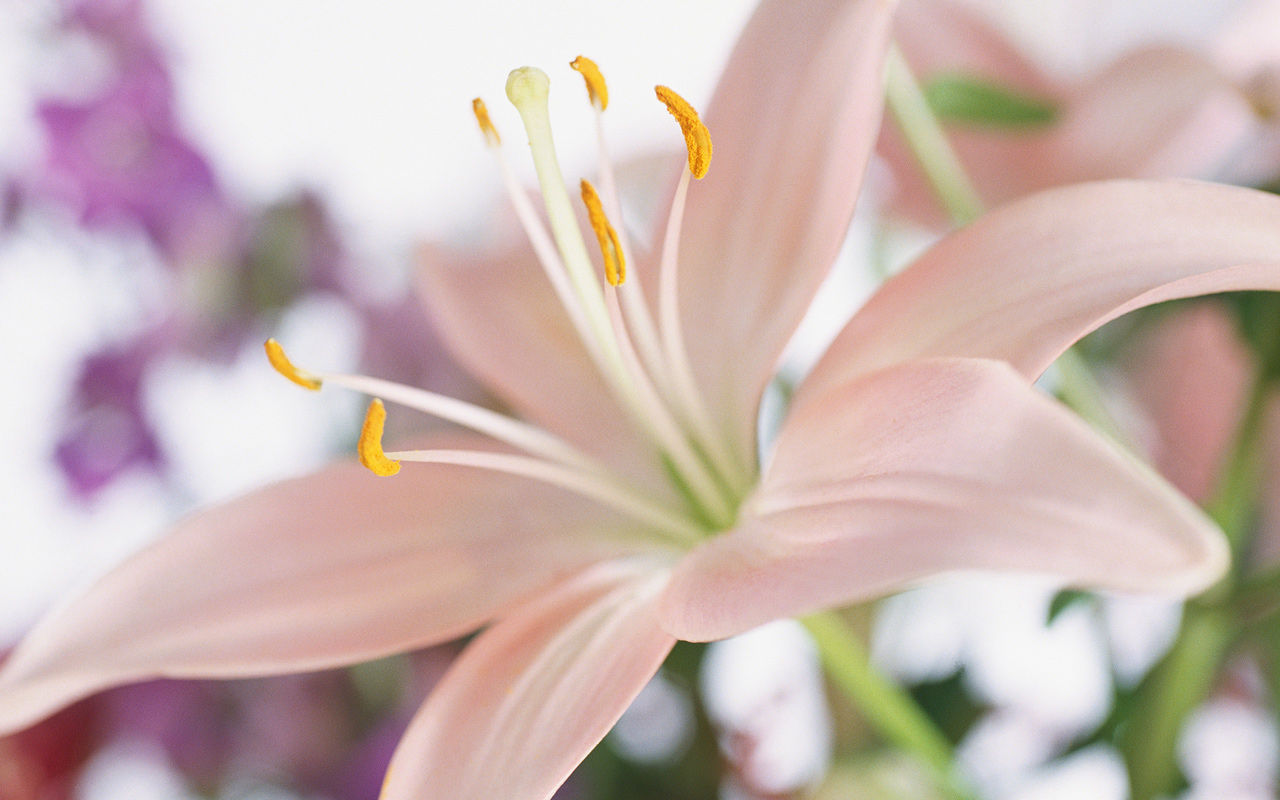
HomeMade Soap & Body Products
natural skin care
by Busybeefairies
History of homemade Soap.
History OF Homemade Soap
The origins of Castile Soap can be traced back to The Levant where Aleppo soap makers have been making olive and laurel oil based hard soaps for millennia.
It is commonly believed that the Crusaders brought Aleppo soap back to Europe with them in the 11th century. Following the Crusades, production of this soap was extended to the whole Mediterranean area. The first European soap-making factories were created by the Muslims in the 12th century in Spain (Alicante, Malaga, Carthagene and Castile) and in Italy (Naples, Savone, Genoa, Bologna and Venice) and then, in the middle of the 15th century, in Marseille France, giving birth to Marseille soap. However, early soap makers in Europe did not have easy access to laurel oil and therefore dropped it from their formulations thereby creating an olive oil soap now known as Castile soap.
Importations of "Castile soap" through Antwerp appear in the London port books of 1567–68 (Dietz 1972), though the Oxford English Dictionary has no references to "Castile soap" earlier than 1616. In his article "A short history of soap", John Hunt maintains that barilla (an impure form of sodium carbonate obtained from halophyte plant ashes that were high in sodium) was boiled with locally available olive oil, instead of tallow. By adding brine to the boiled liquor, the soap was made to float to the surface, where it could be skimmed off by the soap-boiler, leaving the excess lyeand impurities to settle out. This produced what was probably the first white (Aleppo soap tends to be green) hard soap, which hardened further as it aged, without losing its whiteness, formingjabón de Castilla. Apothecaries knew the product by the Latin names of sapo hispaniensis (Spanish soap) or of sapo castilliensis (Castilian soap).
Castile soap is a name used in English-speaking countries for olive oil based soap made in a style similar to that originating in the Castile region of Spain.


